
A racing driver and mechanic, René Bonnet is the creator of a number of original and particularly efficient cars, most of which have won acclaim in competition.
At the outset, nothing predestined René Bonnet, born in 1904, for the motor car, but after his military service he was diagnosed with tuberculosis of the bones. Forced to remain totally immobile for two years, he eventually convinced himself that he was not ill and had to relearn how to get around.
On his return to active life, he worked in the weaving industry, but not for long. In 1929, he went to help his sister in the garage of her brother-in-law, who had died unexpectedly. It was there that he discovered mechanics and motor sport, a world that fascinated him.
Two years later, he bought his own business: it was a company specialising in carpentry, which he acquired from Madame Deutsch. She had a son, Charles, who was studying at Polytechnique. René Bonnet and Charles Deutsch got on directly and became good friends.
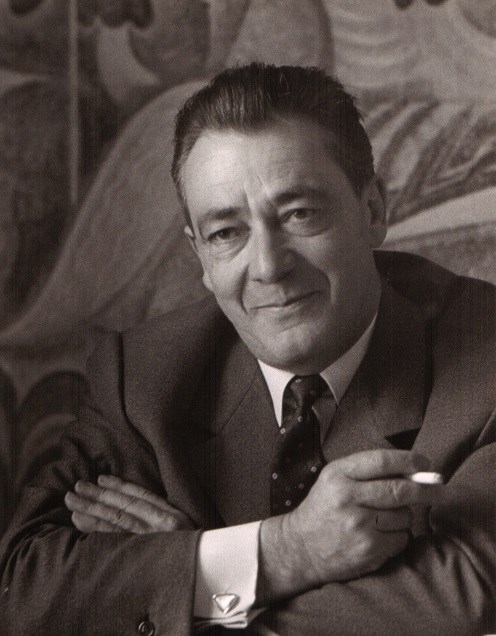
The call of competition
Bonnet dreamed of becoming a racing driver and took lessons at the Montlhéry circuit. Confident, he entered a Formula Sport car in the Automobile Club de France Grand Prix. Unfortunately, his unreliable Amilcar Pegase prevented him from taking the start.
However, he was not in the least discouraged and planned to create his own racing car using mechanical components from a Citroën Traction. He enlisted the help of Charles Deutsch, now an engineer, who agreed to help him. The first car was completed in 1936. During this period, Bonnet took part in numerous competitions, dragging Deutsch with him.
The war put a stop to this passion, but as soon as hostilities ended, the two friends assembled 'tanks', a kind of racing car with integrated wings, powered by Citroën and then Panhard engines. In 1947, they founded Deutsch et Bonnet or D.B., a fully-fledged car brand.
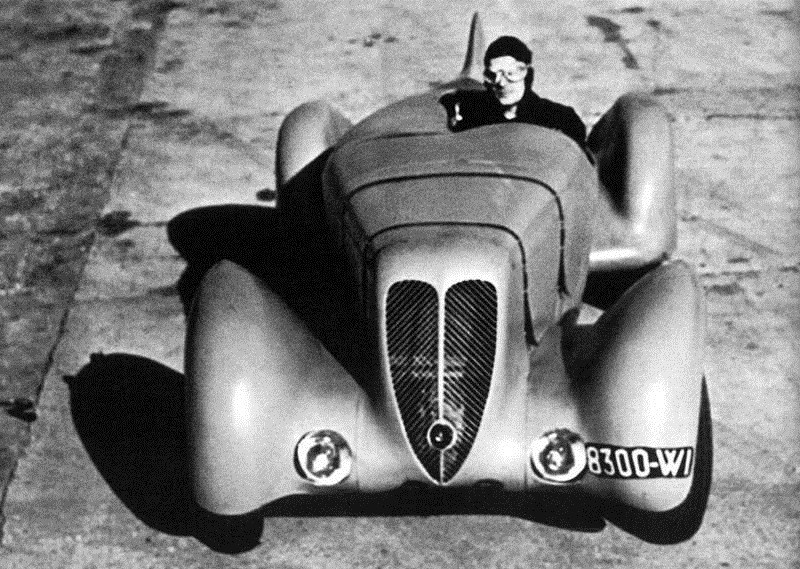
Lightweight and innovative
In 1950, D.B. presented its first road car, a cabriolet powered by a Panhard Dyna 750 cc engine. Two years later, a coach was also unveiled. The passion for competition was still very much alive, and more advanced 'tanks' were built. For its part, Deutsch launched the Monomil, an astonishing single-seater with a Panhard engine, which was used to create a promotional formula.
This revealed talents such as Jo Schlesser, among others. In 1959, D.B.'s reputation was recognised when the firm became Panhard's official racing team. Panhard fell under the spell of D.B.'s mastery of lightweight bodywork and innovative technology.
The company's cars went on to shine in prestigious competitions such as the 24 Hours of Le Mans and the 12 Hours of Sebring. The DB HBR5 coupé was the fast, efficient "ready to race" car that amateur and professional drivers were clamouring for.
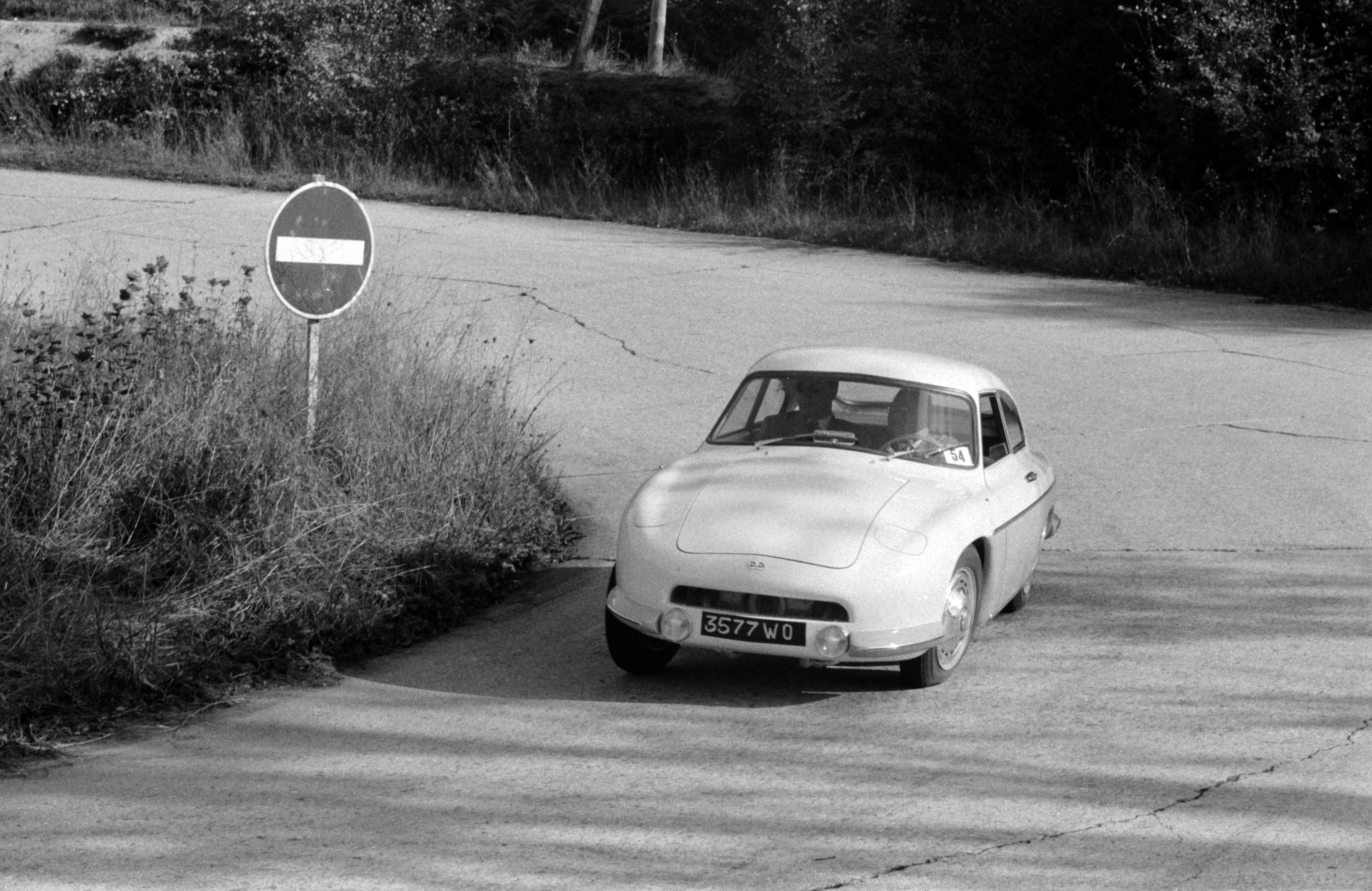
Different pathways
In 1961, Deutsch and Bonnet fell out. While Deutsch believed in the future of front-wheel drive and Panhard two-cylinder engines, Bonnet was in favour of the mid-engine produced by Renault. The following year, the divorce was finalized and D.B. ceased operations.
Charles Deutsch founded C.D., while René Bonnet created Automobiles René Bonnet. Bonnet did not leave empty-handed, as he kept the plans for the D.B. Le Mans, a road-going model, from which he extracted two evolutions: the René Bonnet Missile and the Le Mans.
These used Renault powertrains (Dauphine for the Missile, Estaffette for the Le Mans). By 1964, 300 Missiles and around sixty Le Mans were built.
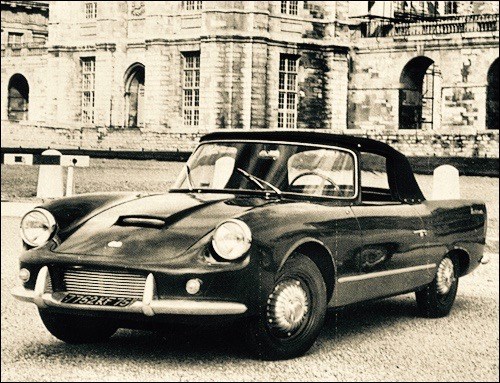
From track to road
In 1962, the manufacturer entered a prototype in the 24 Hours of Le Mans. Named the Djet, it had a mid-rear engine and finished 17th overall. That same year, René Bonnet presented a road version of the Djet at the Paris Motor Show.
This small two-seater coupé had a polyester body and a chassis-beam into which a small Renault block was fitted. The first road car to adopt this revolutionary architecture at the time, the Djet needed a factory worthy of the name to be assembled in the best possible conditions.
That's when René Bonnet moved into the buildings of a former spinning mill in Romorantin. A local MP facilitated the move, which also received the support of Matra, a local company interested in composite bodywork.
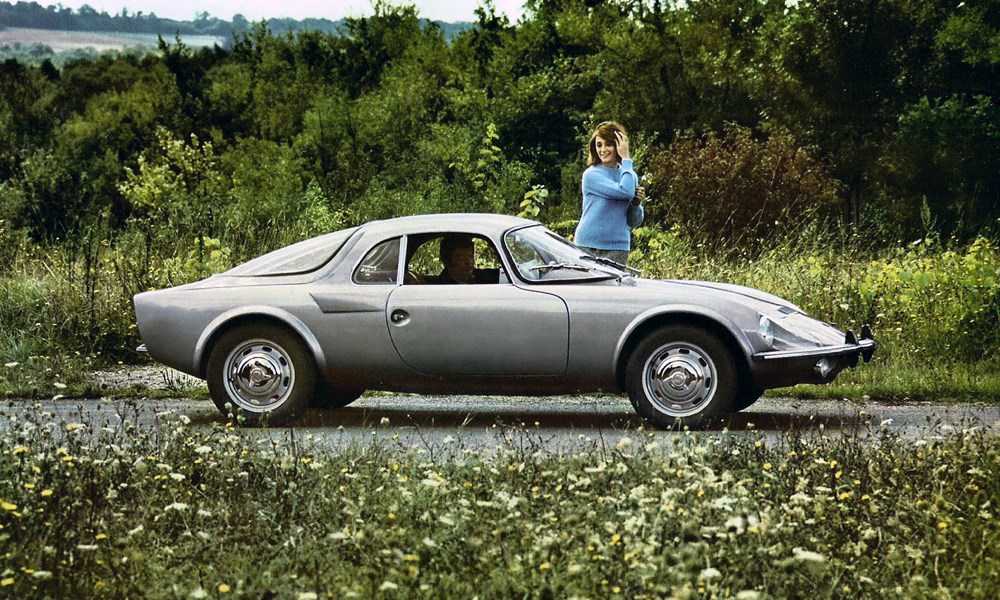
From Djet to Jet
A Djet range was created, with the Djet equipped with a 1108 cm³ engine, the Djet II with a 996 or 1108 cm³ block fitted with a hemispherical cylinder head. The Djet III is more advanced, with a multi-tubular chassis and the same engine as the II, and the pinnacle of the range is the Djet IV, which has a multi-tubular chassis and a 996cc engine with twin camshafts.
Weighing just 530kg, the Djet IV flirted with a top speed of 200kph. Unfortunately, sales of René Bonnet cars were poor due to competition from Alpine, and the company was not doing well. At the end of 1964, the firm was absorbed by Matra, which created its Matra Sports car division. The Djet V and VI were sold under the Matra-Bonnet brand. In July 1966, the car bore only the Matra logo and changed its name to Jet in 1967.
Automobiles René Bonnet went into liquidation and the last cars were sold the following year, making way for the 530, the first model designed entirely by Matra. Forgotten by the world of motor sport, René Bonnet devoted himself to running his VW-Audi dealership in Champigny-sur-Marne. He died of heart failure at the wheel of his car on 13 January 1983.





























